21 Wild Animals in Indonesia [Wildlife in Indonesia]
Want to know more about the wildlife in Indonesia?
Discover 21 wild animals in Indonesia in this post, as well as interesting facts about them.
Learn All About Indonesian Animals
Ready to learn all about Indonesian animals?
I’ve always been fascinated by animals, and by how they can be so different from one country to another. In this guide, we’ll focus on the many animals Indonesia has on the land, in the sky, and underwater.
I’ve split the guide into 4 categories:
- Native animals from Indonesia
- Endangered animals of Indonesia
- What is the national animal of Indonesia?
- How many animals native to Indonesia?
Let’s dive in right away with our first category!
Native Animals from Indonesia
Indonesia is a large Asian archipelago located in the southeastern part of the continent, to the North of Oceania. It is made of more than 17,000 islands, and it used to be a mostly Dutch colony, as they were settled on the archipelago for more than 350 years. It is bordered by East Timor, Malaysia, and Papua New Guinea (and shares maritime borders with other countries such as Singapore, Vietnam, and Australia), and its capital and largest city is Jakarta, which counts more than 10,562,000 inhabitants (but more than 33,430,000 if you include the metropolitan area, which is the world’s second-most populous metropolitan area).
An interesting part of the country that I wanted to tackle is its wildlife. In light of that, I have listed the best of it, and I hope you will love learning what animals live in Indonesia.
Here’s the Indonesian animals list.
1. Bornean orangutan
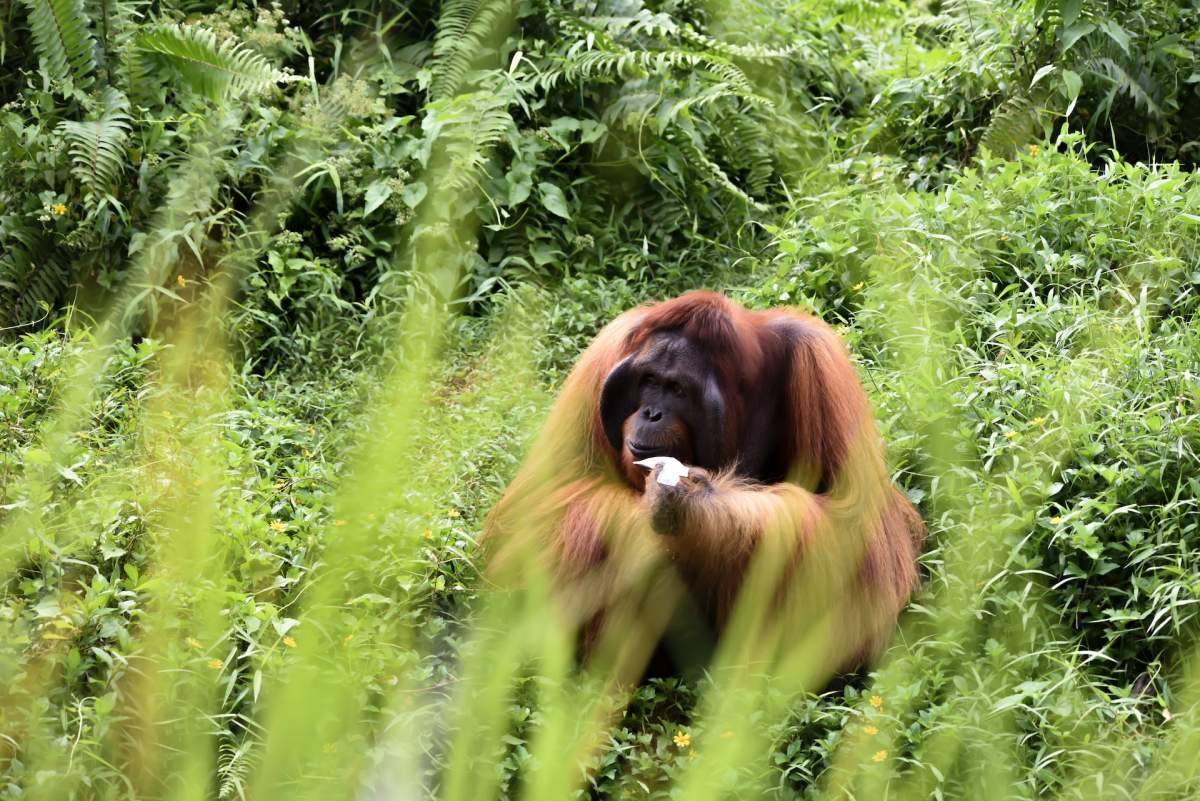
- Name: Bornean orangutan
- Scientific name: Pongo pygmaeus
- Conservation status:
The Bornean orangutan is a species of great ape endemic to the island of Borneo, and the only great ape species native to Asia.
It is arguably the most iconic animal from all of Indonesia, but it is sadly on the brink of extinction. Critically threatened by the bushmeat trade and habitat destruction, it is still more numerous than its close relative, the Sumatran orangutans, with about 104,700 individuals in the wild compared to 14,000.
2. North Sulawesi babirusa
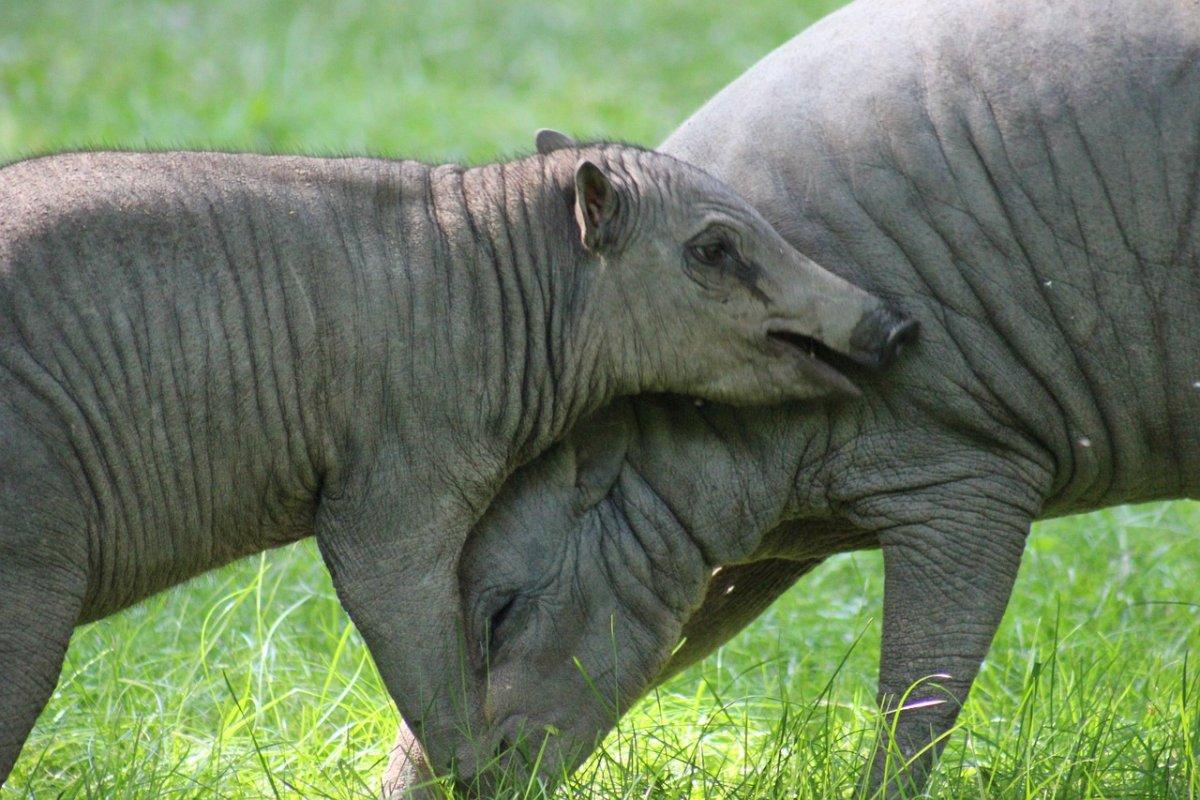
- Name: North Sulawesi babirusa
- Scientific name: Babyrousa celebensis
- Conservation status:
The North Sulawesi babirusa is a species of pig-like mammal native to the island of Sulawesi, as well as some neighboring islands, in Indonesia. It has two characteristic pairs of tusks which are enlarged canine teeth.
Considered vulnerable, its biggest threats are deforestation and hunting. It is locally known as the “pig deer”, due to its huge tusks that somewhat look like deer antlers. It lives in canebrakes and tropical forests and on the shores of lakes and rivers.
3. Maleo
- Name: Maleo
- Scientific name: Macrocephalon maleo
- Conservation status:
The maleo is a large species of megapode (which are large, chicken-like birds) endemic to the islands of Sulawesi and Buton. It inhabits the hill forests and the tropical lowland but chooses to nest in open sandy areas, beaches, or volcanic soils.
Its egg is incredibly large, about 5 times as large as that of a domestic chicken. It is seriously threatened by egg poaching and agricultural expansion, and only 4 of the 142 known nesting grounds are non-threatened.
4. Komodo dragon
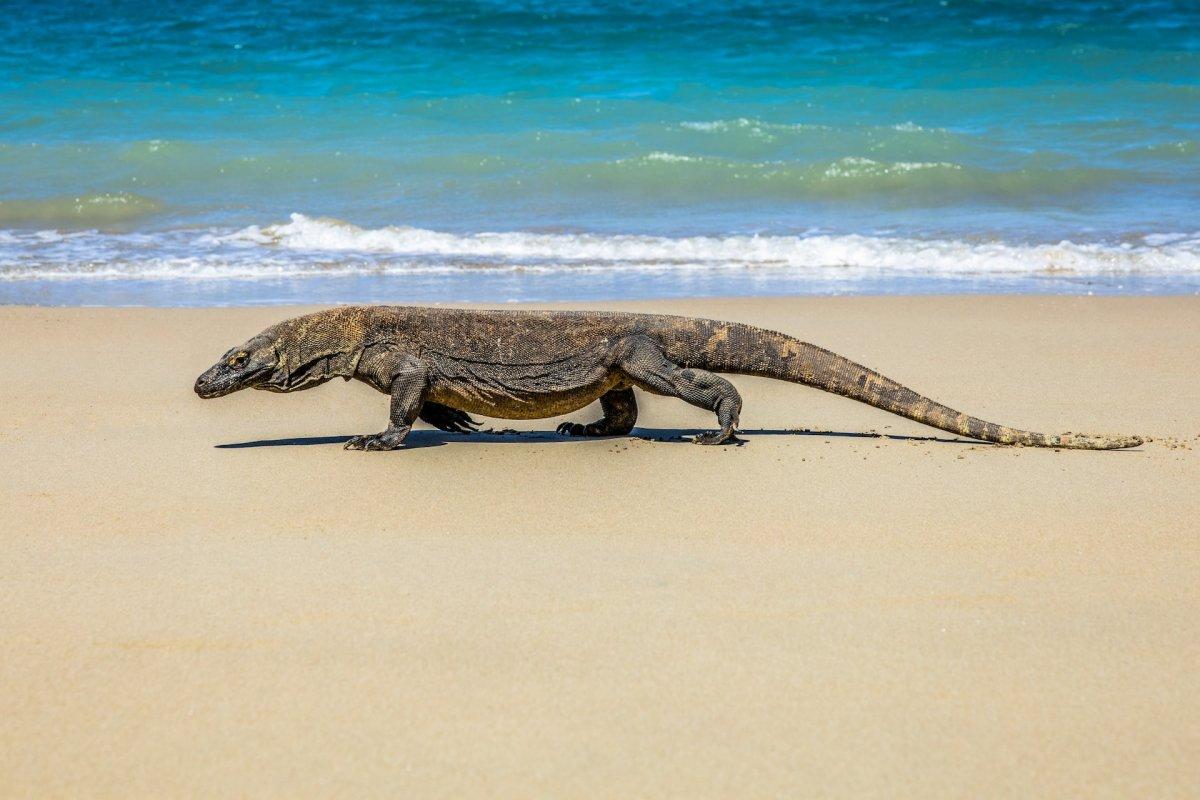
- Name: Komodo dragon
- Scientific name: Varanus komodoensis
- Conservation status:
Much more dangerous than it looks like, the Komodo dragon, also known as the Komodo monitor, is a species of monitor lizard endemic to several Indonesian islands. It is the largest species of lizard in the world and the national emblem of Indonesia.
This animal is an apex predator thanks to its size and dominates the ecosystem within its range. It is an ambush hunter that feeds on birds, invertebrates, and mammals, and that has a venomous bite.
5. Bali tiger
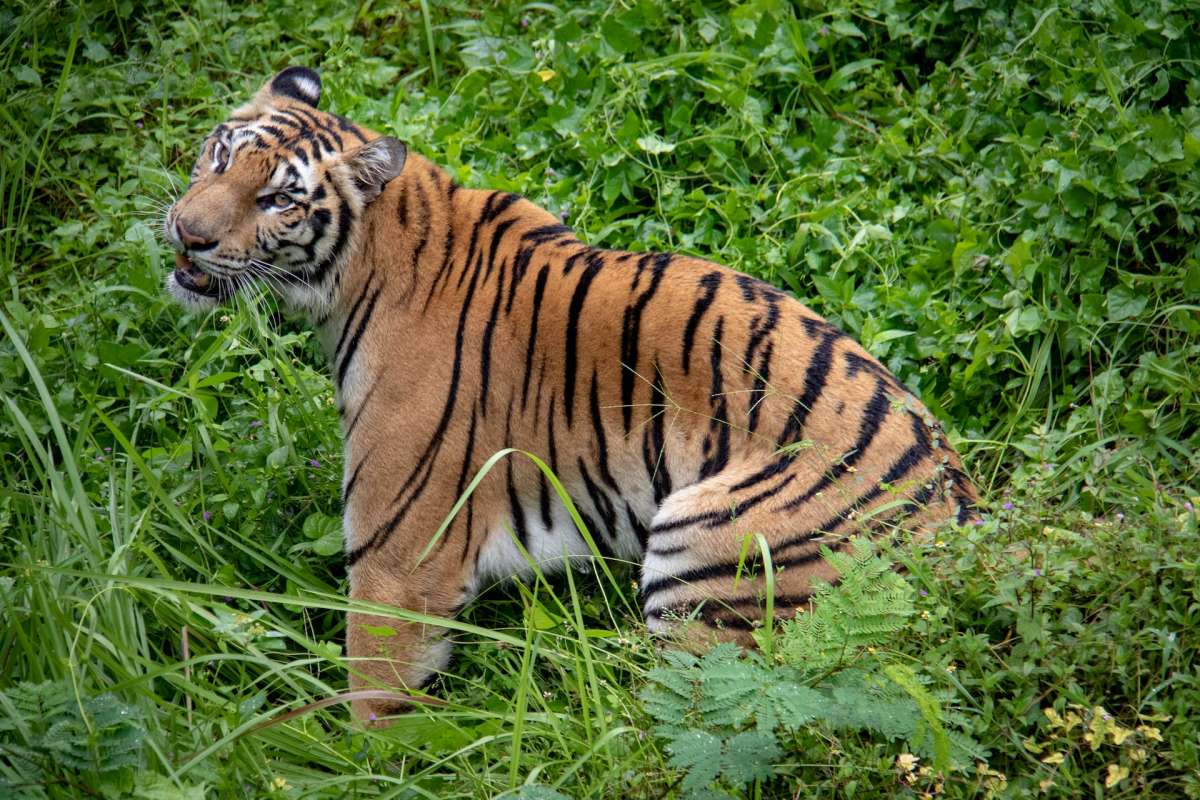
- Name: Bali tiger
- Scientific name: Panthera tigris sondaica
- Conservation status:
The Bali tiger was a population of the Sunda Island tiger that has been extinct since somewhere between the 1930s and the 1950s. Its natural habitat was converted for human use, and it was overhunted until its complete disappearance. Some specimens were also tamed and used in circuses.
This tiger species had a particular cultural significance, as it played a well-defined role in Balinese folkloric beliefs and magic.
6. Borneo elephant
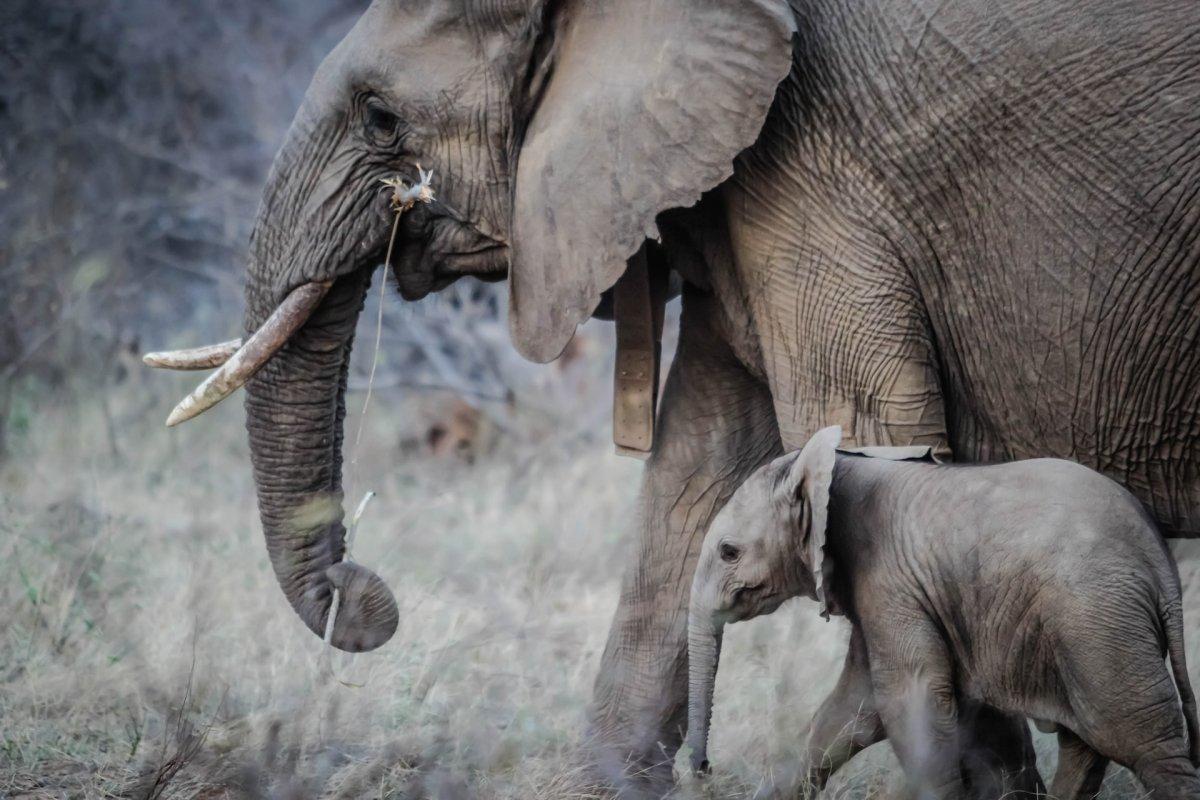
- Name: Borneo elephant
- Scientific name: Elephas maximus
- Conservation status:
The Borneo elephant, also known as the Borneo pygmy elephant, is a subspecies of the Asian elephant native to the northeastern part of Borneo, in Indonesia and Malaysia. It is considered endangered because of habitat loss, degradation, and fragmentation, and its population has declined by more than half over the last 3 elephant generations, or about 60 to 75 years.
The origins of this species aren’t quite clear; the main theory is that the Sultan of Sulu introduced captive individuals to Borneo during the 18th century.
7. Earless monitor lizard
- Name: Earless monitor lizard
- Scientific name: Lanthanotus borneensis
- Conservation status:
The earless monitor lizard is a species of semi-aquatic lizard native to Borneo. It is the only living species of its family, and it is related to the monitor lizards.
Little is known about this lizard, as it is quite rare; we know for sure that it is endemic to Borneo though and that it lives at altitudes below 300 m / 1,000 ft. Besides, it is a strictly nocturnal animal with a very strong bite.
8. Saltwater crocodile
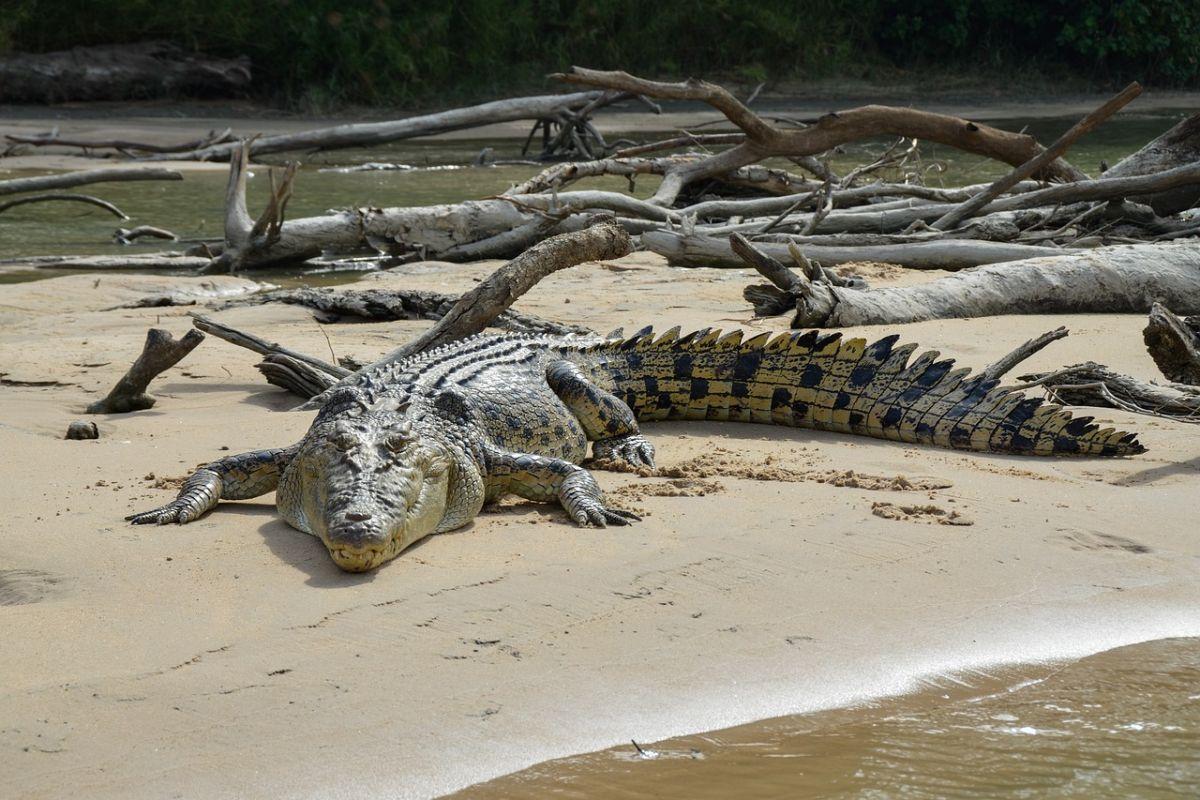
- Name: Saltwater crocodile
- Scientific name: Crocodylus porosus
- Conservation status:
The saltwater crocodile has many names: the saltie, the Indo-Pacific crocodile, the marine crocodile, the sea crocodile, or the estuarine crocodile, all of these mean one thing, it is adapted to living in saltwater.
This crocodile is the largest of all, as it can reach up to 6.3 m / 21 ft and 1,300 kg / 2,900 lb. It is a large, opportunistic apex predator that is very dangerous to humans, although it is illegally hunted for its skin, and suffers from habitat loss.
9. Lowland anoa
- Name: Lowland anoa
- Scientific name: Bubalus depressicornis
- Conservation status:
The lowland anoa is a species of buffalo endemic to Sulawesi, an Indonesian island. It is related to both the water buffalo and the mountain anoa and is quite small.
The population of the lowland anoa has been decreasing since the 1960s when it was first declared endangered. The main reasons for that are habitat loss and hunting by local villagers for meat. Logging is also a serious problem, as it participates in habitat fragmentation, reducing the range in which this animal can breed and live far from humans.
10. Javan slow loris
- Name: Javan slow loris
- Scientific name: Nycticebus javanicus
- Conservation status:
The Javan slow loris is a species of slow loris native to the western and central areas of the island of Java, in Indonesia. It is arboreal and, as its name suggests, moves slowly across lianas and vines. When it comes to feeding, its diet is mostly made of fruit, lizards, eggs, and tree gum.
This monkey sleeps on exposed branches, either alone or in pairs. It is considered one of the most critically endangered animals in Indonesia due to poaching for use in traditional medicine.
11. Pig-tailed langur
- Name: Pig-tailed langur
- Scientific name: Simias concolor
- Conservation status:
The pig-tailed langur is a species of Old World monkey endemic to small islands off the coast of Sumatra. It has a black face, blackish-brown fur, and a short tail.
This monkey is diurnal, and feeds on leaves, berries, and fruits in small groups, in the canopy of the rainforest. While not much is known about its natural history, what is certain is that the pig-tailed langur is heavily hunted, and its population has been rapidly declining; it is now on the list of the world’s 25 most endangered primates.
12. Sunda clouded leopard
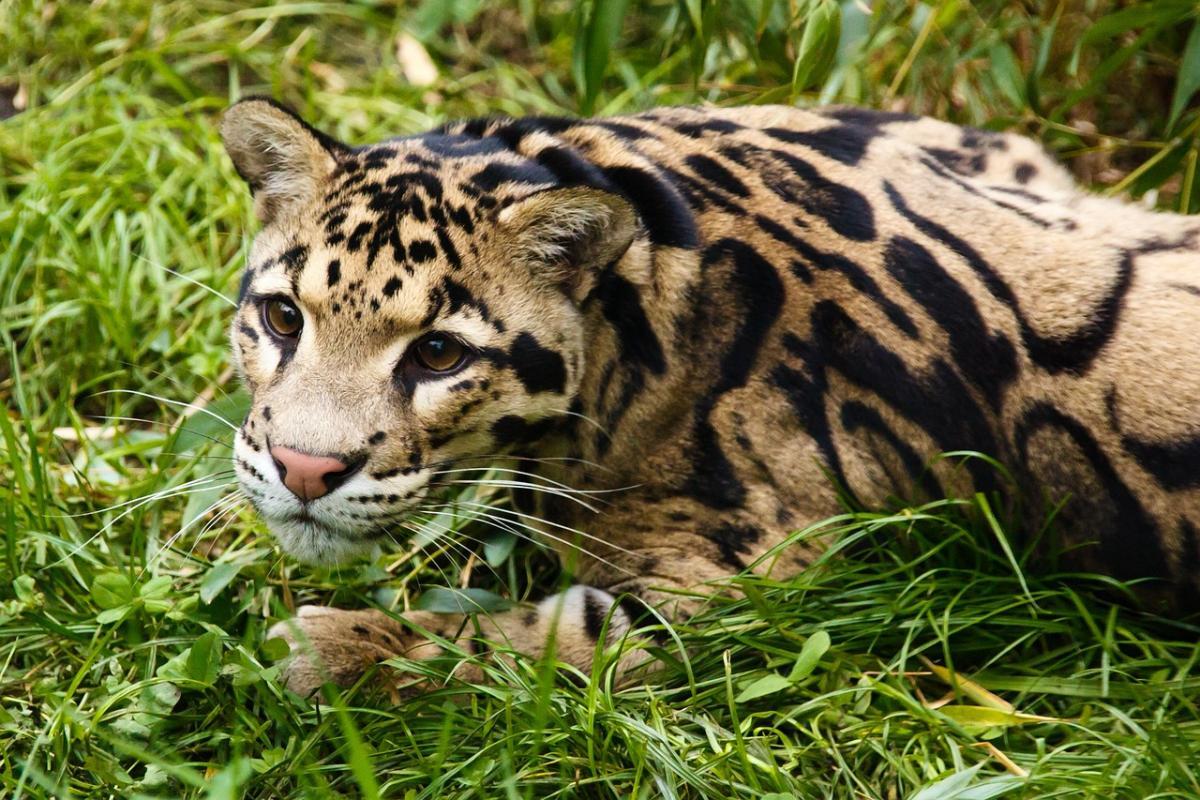
- Name: Sunda clouded leopard
- Scientific name: Neofelis diardi
- Conservation status:
The Sunda clouded leopard, also known as Diard’s clouded leopard, Diard’s cat, the Enkuli clouded leopard, or the Sundaland clouded leopard, is a medium-sized species of wild cat native to the islands of Sumatra and Borneo.
Fewer than 10,000 mature individuals remain in the wild, as this species is threatened by deforestation. Because of its secretive nature, we are not quite sure about the habits of this animal, but it is most likely nocturnal, solitary, and hunts on the ground.
13. Dugong

- Name: Dugong
- Scientific name: Dugong dugon
- Conservation status:
The dugong is a peculiar species of marine mammal that you might have never heard of. It is the only sirenian within its range, which is made of about 40 countries and territories across the Indo-West Pacific, and it largely depends on seagrass to survive.
This species has a fusiform body with no hind limbs or dorsal fins, and its forelimbs are paddle-like. It can easily be distinguished from its relative the manatee with its dolphin-like tail.
14. Binturong
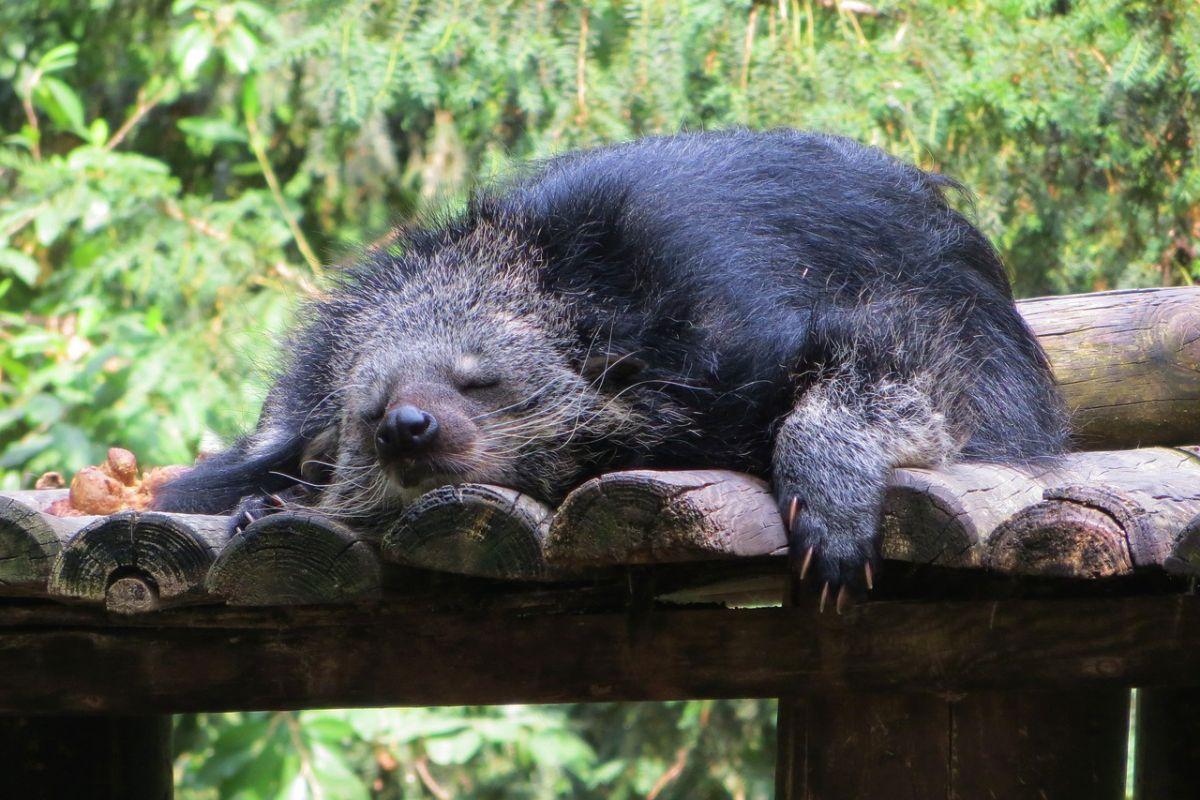
- Name: Binturong
- Scientific name: Arctictis binturong
- Conservation status:
The binturong, also known as the bearcat, is a species of viverrid native to southern and southeastern Asia. Because it is uncommon within most of its range, it is listed as vulnerable, and its population has been declining by more than 30 percent since the middle of the 1980s.
This species is active during the day and at night, is solitary, and spends the majority of its time on the ground.
15. Bornean rhinoceros
- Name: Bornean rhinoceros
- Scientific name: Dicerorhinus sumatrensis harrissoni
- Conservation status:
The Bornean rhinoceros, also known as the eastern hairy rhinoceros or the eastern Sumatran rhinoceros, is a subspecies of the Sumatran rhinoceros. It is most likely functionally extinct, since only one individual remains, in captivity: the female, named Pahu, is held in the state of Sabah.
This rhino is the smallest species of extant rhinos, and while it used to be found all across Borneo, its range has been severely reduced.
16. Western long-beaked echidna
- Name: Western long-beaked echidna
- Scientific name: Zaglossus bruijnii
- Conservation status:
The western long-beaked echidna is one of four species of living echidnas native to Australia and Indonesian islands. It lives in humid montane forests and alpine meadows, and its numbers have drastically declined because of human activities such as hunting and habitat loss.
Although Indonesia and Papua New Guinea banned the commercial hunting of this animal, it is still considered a delicacy, and traditional hunting is permitted.
17. Goodfellow’s tree-kangaroo
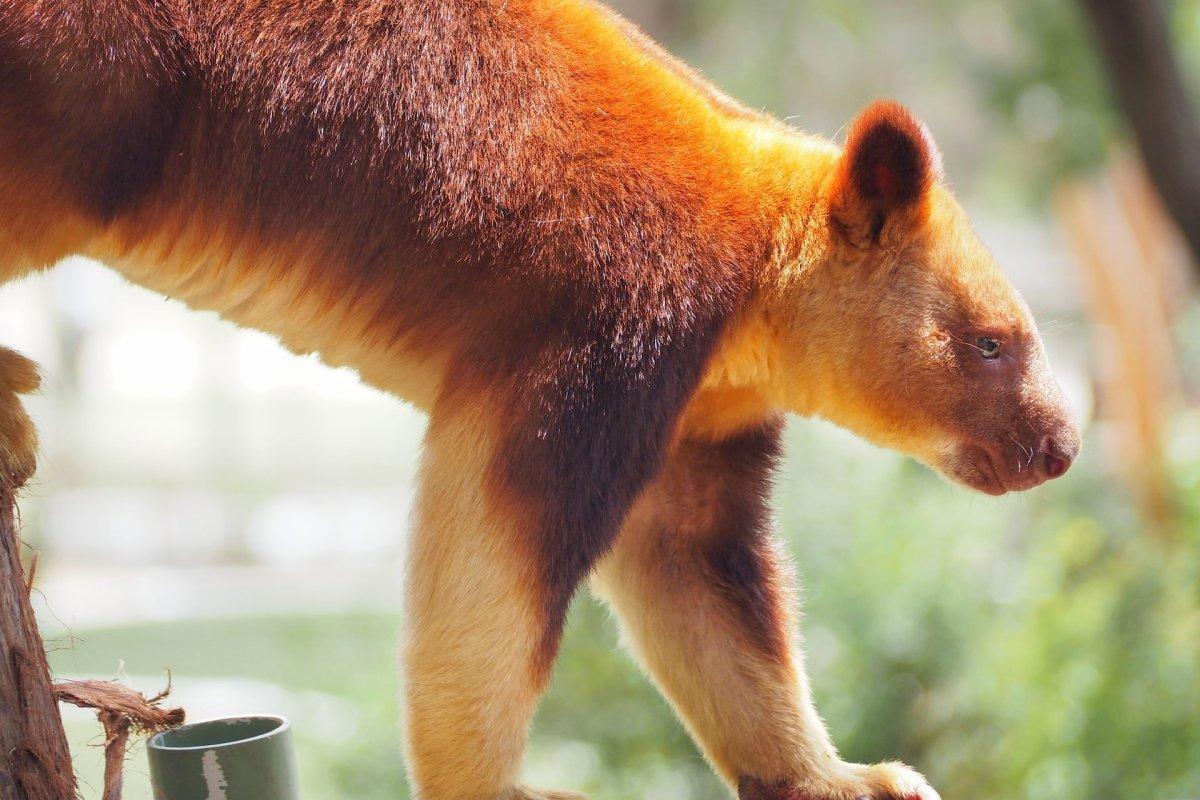
- Name: Goodfellow’s tree-kangaroo
- Scientific name: Dendrolagus goodfellowi
- Conservation status:
The famous Australian symbol, the kangaroo, comes in many forms and different countries, as Goodfellow’s tree-kangaroo, also known as the ornate tree-kangaroo, shows. This species is native to Indonesia and New Guinea and lives in the rainforests.
Physically, it is quite different from terrestrial kangaroos, as it has proportioned hind legs and a long tail for balance. On the ground, it is slow and clumsy, and walks slowly and awkwardly! However, in trees, it is particularly agile and bold and is an excellent jumper and climber.
18. Sunda flying lemur
- Name: Sunda flying lemur
- Scientific name: Galeopterus variegatus
- Conservation status:
The Sunda flying lemur, also known as the Malayan flying lemur, the Malayan colugo, or the Sunda colugo, is a species of colugo native to southeastern Asia, from Myanmar and Thailand to Indonesia and Malaysia.
By national law, it is protected, but it is still hunted by local people for its meat and fur. Funnily enough, the Sunda flying lemur is neither flying nor a lemur; it glides and leaps among trees, and is nocturnal and arboreal.
19. Siamang
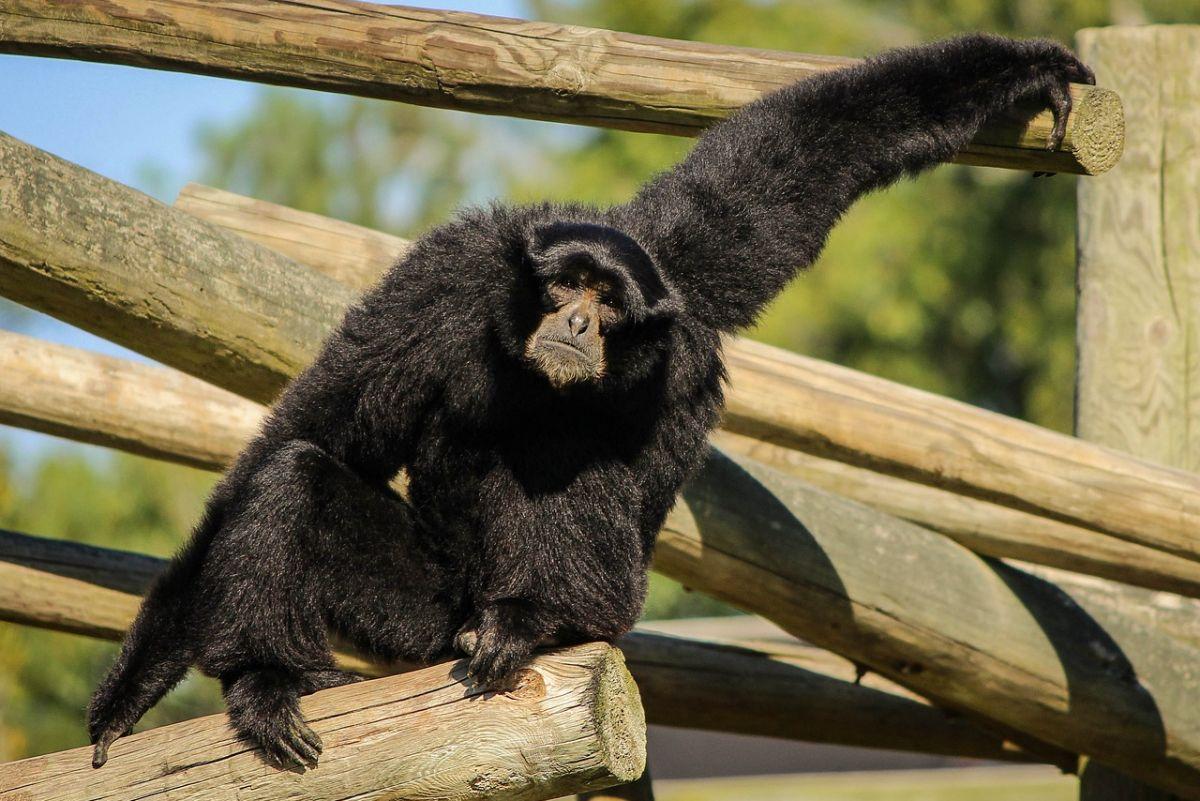
- Name: Siamang
- Scientific name: Symphalangus syndactylus
- Conservation status:
The siamang is a species of arboreal gibbon native to Indonesia, Malaysia, and Thailand. It inhabits the forests on the Malay Peninsula and Sumatra Island and can be found at up to 3,800 m / 12,467 ft above sea level.
This monkey is related to but different from gibbons. It has a large throat pouch, in both males and females, that it uses to make particularly loud songs or calls.
20. Sulawesi flying fox
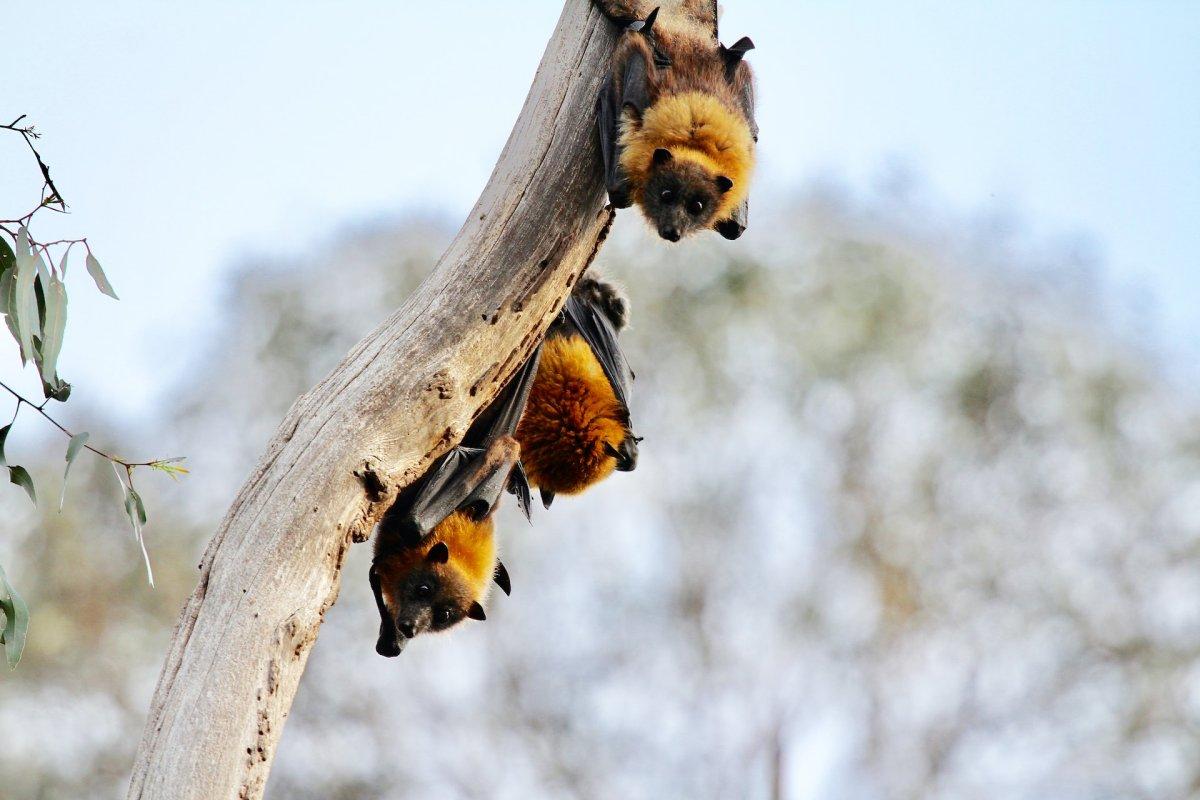
- Name: Sulawesi flying fox
- Scientific name: Acerodon celebensis
- Conservation status:
The Sulawesi flying fox, also known as the Sulawesi flying bat, is a species of megabat endemic to Indonesia. It is a frugivore that mostly feeds on breadfruits and coconuts, and roosts in trees of the mangrove forests.
This bat plays an important role in pollinating its range, as it carries large amounts of pollen on its fur and spreads it to great distances. It is listed as vulnerable, mostly due to local hunting, and roosting sites are heavily exploited.
21. Javan leopard
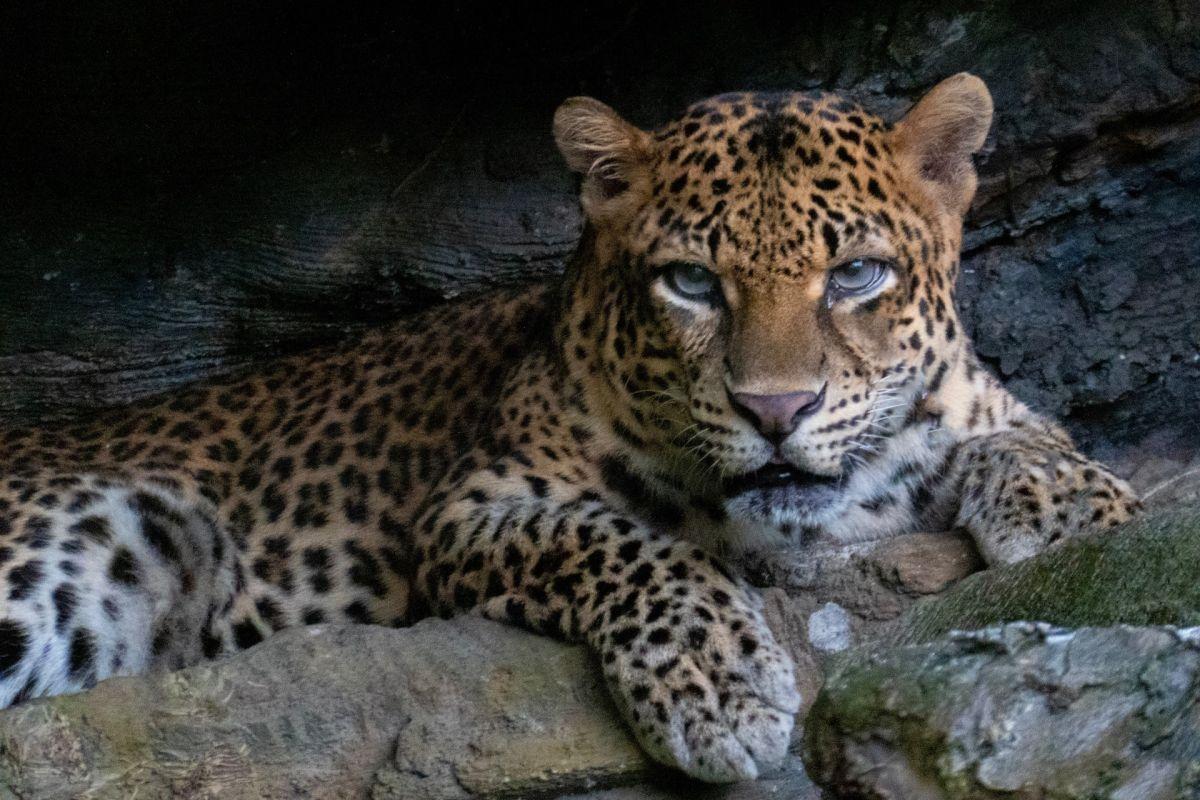
- Name: Javan leopard
- Scientific name: Panthera pardus melas
- Conservation status:
Just when you thought you had seen everything in Indonesia, you realize that there are even leopards. Actually, there are many more species such as whales, dolphins, and pangolins, but we cannot talk about all of them!
The Javan leopard is a subspecies of leopards only living on the island of Java. There are only about 188 to 571 mature individuals left in the wild, and their populations are scattered and on the decline.
—
So there you have them, these were my 21 native animals of Indonesia. I hope you enjoyed this list and that you learned something new today.
In case you want to learn more about the wildlife of Indonesia, feel free to keep reading, as I still have lots of things to tell you about:
Endangered Animals of Indonesia
This is definitely the saddest part of the list, but it is essential to raise awareness. Because of this, let’s go through the list of endangered animals in Indonesia.
Here are the animals in danger of extinction in Indonesia.
- Buhler’s coryphomys
- Chitala lopis
- Bali tiger
- Javan tiger
- Javan rhinoceros
- Malaysian giant turtle
- Blue-eyed spotted cuscus
- Tapanuli orangutan
- Asian narrow-headed softshell turtle
- and 145 more…
- Dingiso
- Lowland anoa
- Javan hawk eagle
- White-winged duck
- Giant freshwater whipray
- and 295 more…
To see the full list of endangered species in Indonesia, head over to the International Union for Conservation of Nature’s Red List.
What is the National Animal of Indonesia?
The national animal of Indonesia is the Komodo dragon.
Also known as the Komodo monitor, this species of monitor lizard is endemic to the Indonesian islands of Komodo, Flores, Rinca, and Gili Motang. As it can reach lengths of up to 3 m / 10 ft, it is the largest lizard in the world, and although it is quite rare, it can attack and kill humans.
It is considered the national animal of Indonesia because of the fact that it is an ancient animal that can only be found in the country.
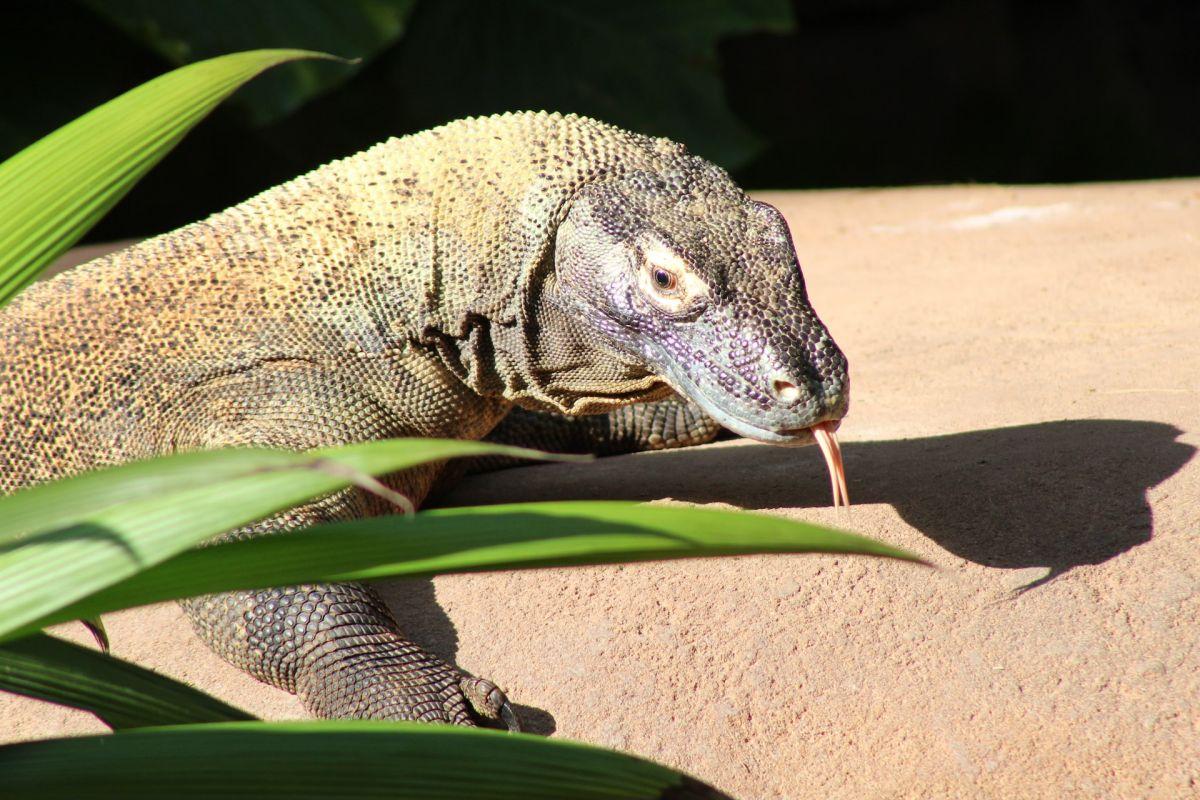
How Many Animals Native to Indonesia?
What is the diversity of native animals in Indonesia?
Let’s look at the total number of species of Chordata (mammals, birds, fishes, and reptiles).
Total number of animal species in Indonesia: 7,791 (15,319 in total in South and Southeast Asia)
More About Animals in the World!
Loved these facts about the animals that live in Indonesia? Want to see what animals live in other countries?
Then check out these posts:
Or click here to see ALL the facts up on the blog! Spoiler alert: there’s A LOT of them.
Share the knowledge! Click on the buttons below to share information about these animals found in Indonesia with your friends, and help them learn more about the world 🙂
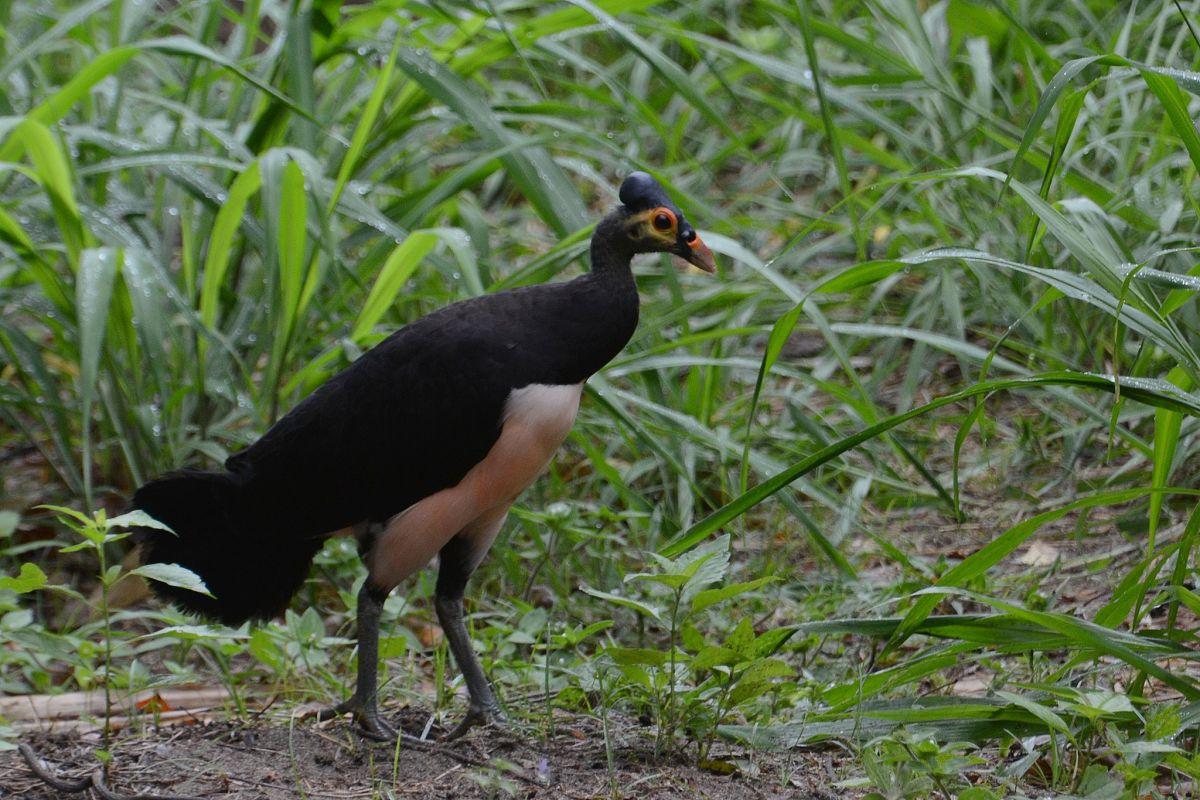
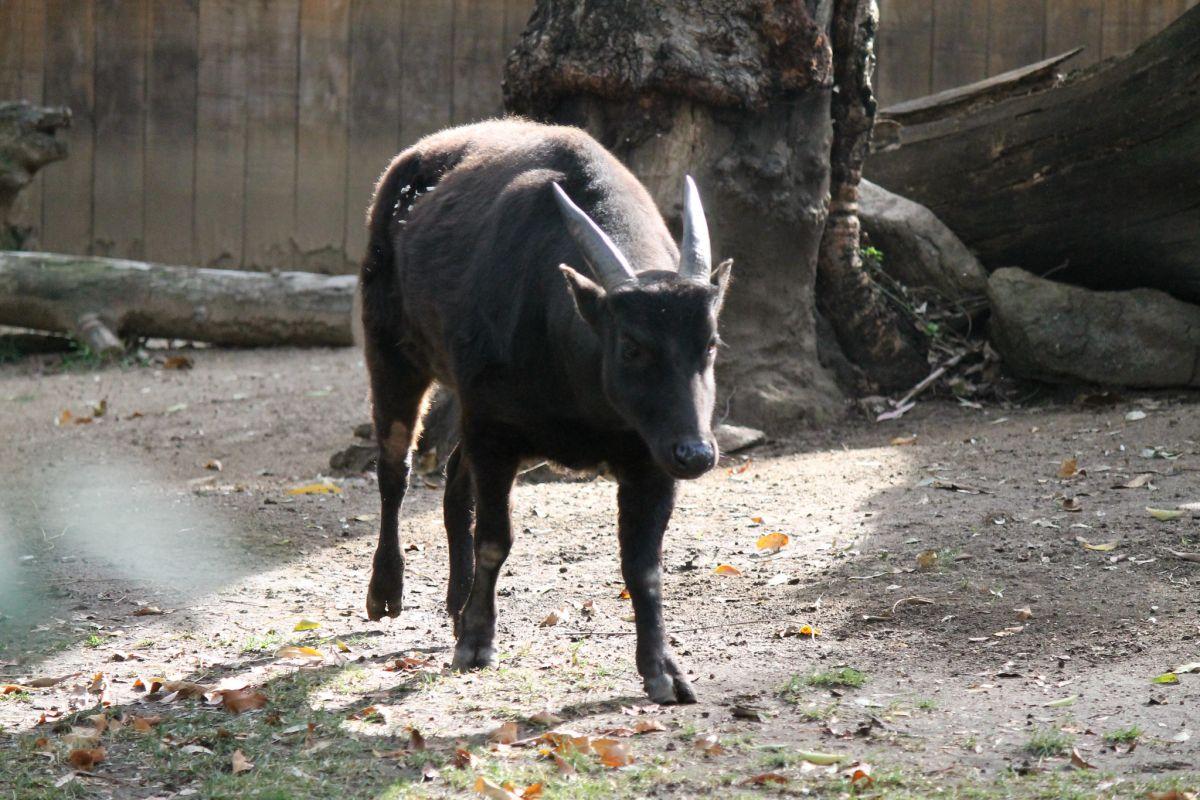
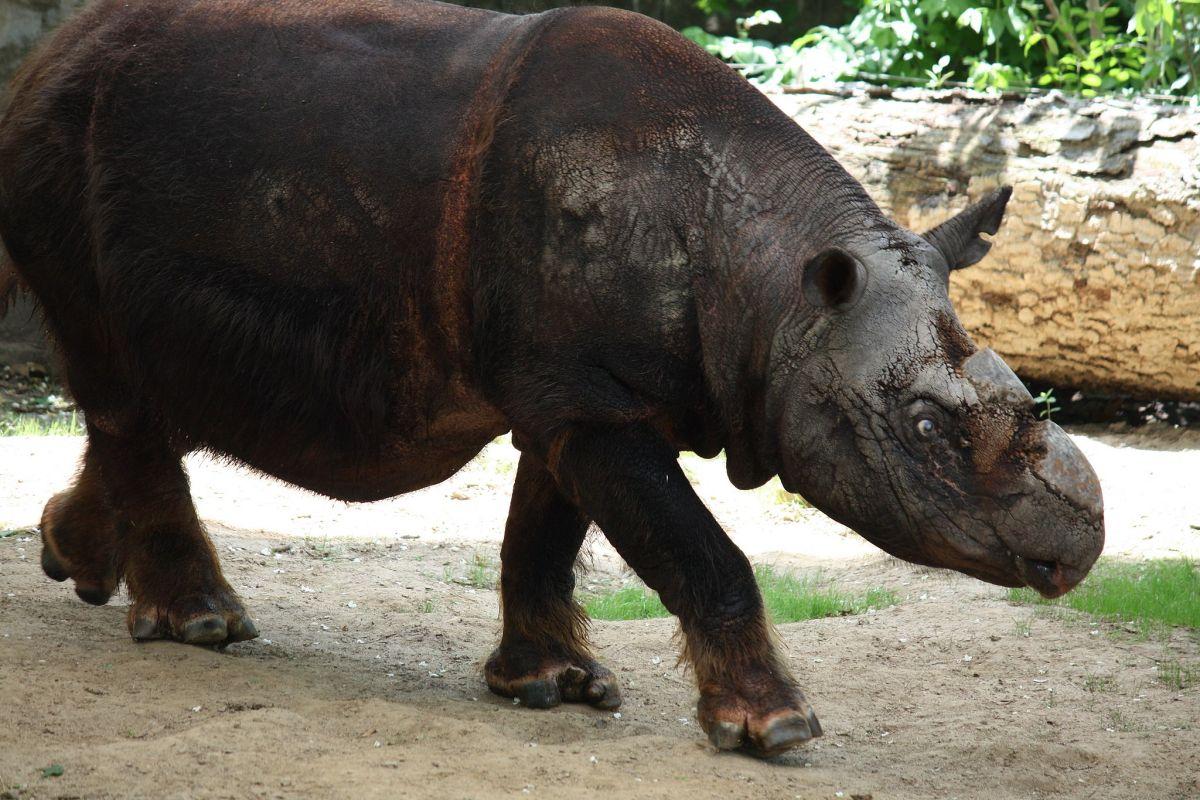
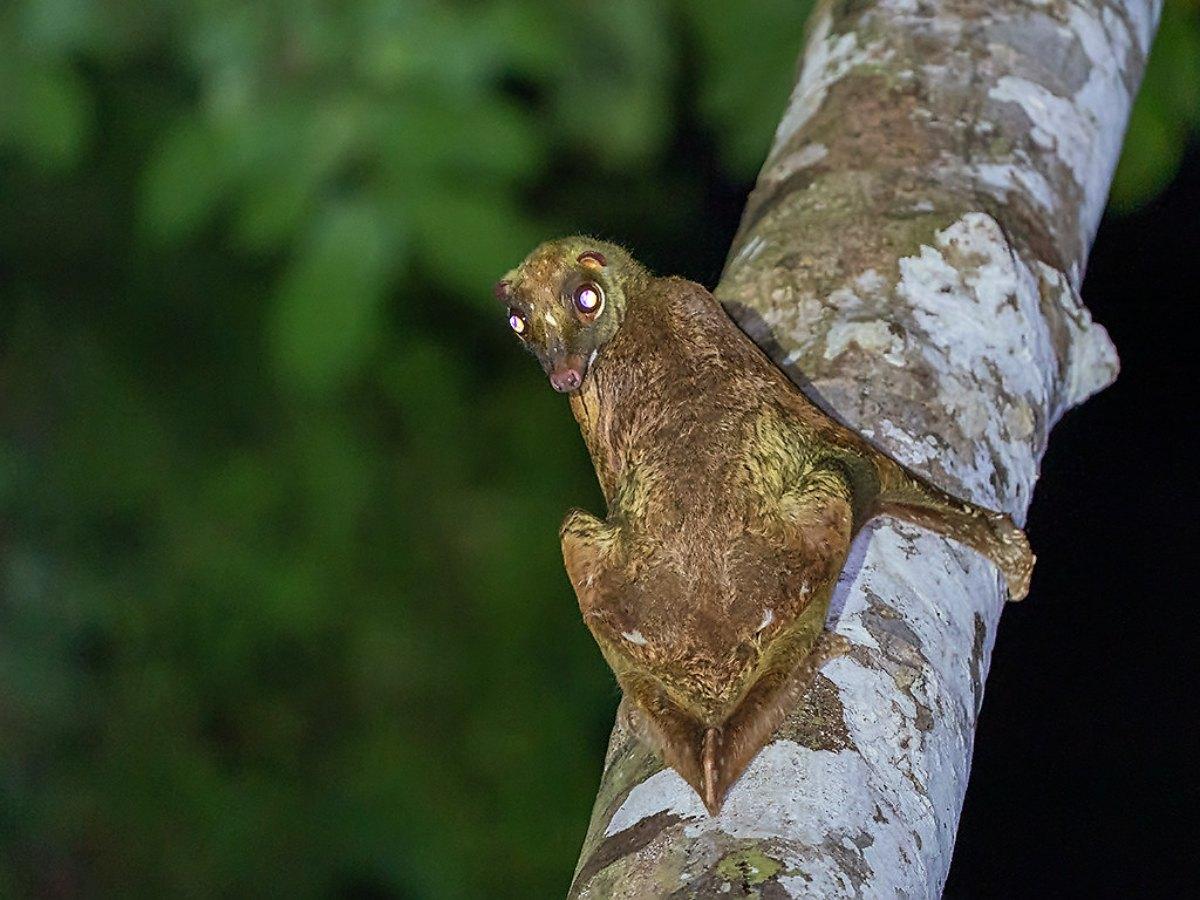

![21 Wild Animals in New South Wales [Wildlife in New South Wales]](https://www.kevmrc.com/wp-content/uploads/2023/01/21-wild-animals-in-new-south-wales-australia.jpg)
![13 Wild Animals in Marshall Islands [Wildlife in Marshall Islands]](https://www.kevmrc.com/wp-content/uploads/2023/01/13-wild-animals-in-marshall-islands.jpg)
![21 Wild Animals in Western Australia [Wildlife in Western Australia]](https://www.kevmrc.com/wp-content/uploads/2023/01/21-wild-animals-in-western-australia.jpg)